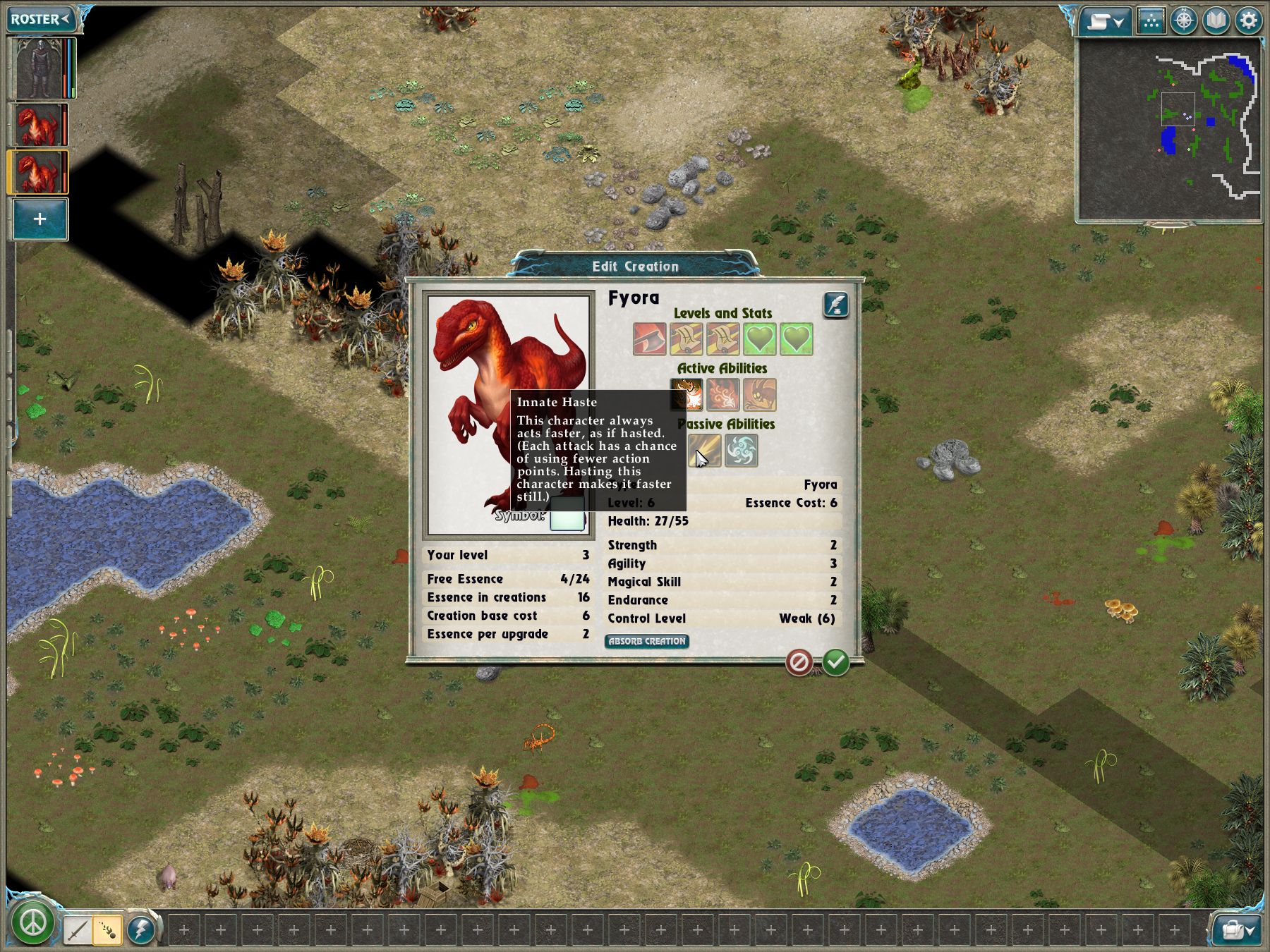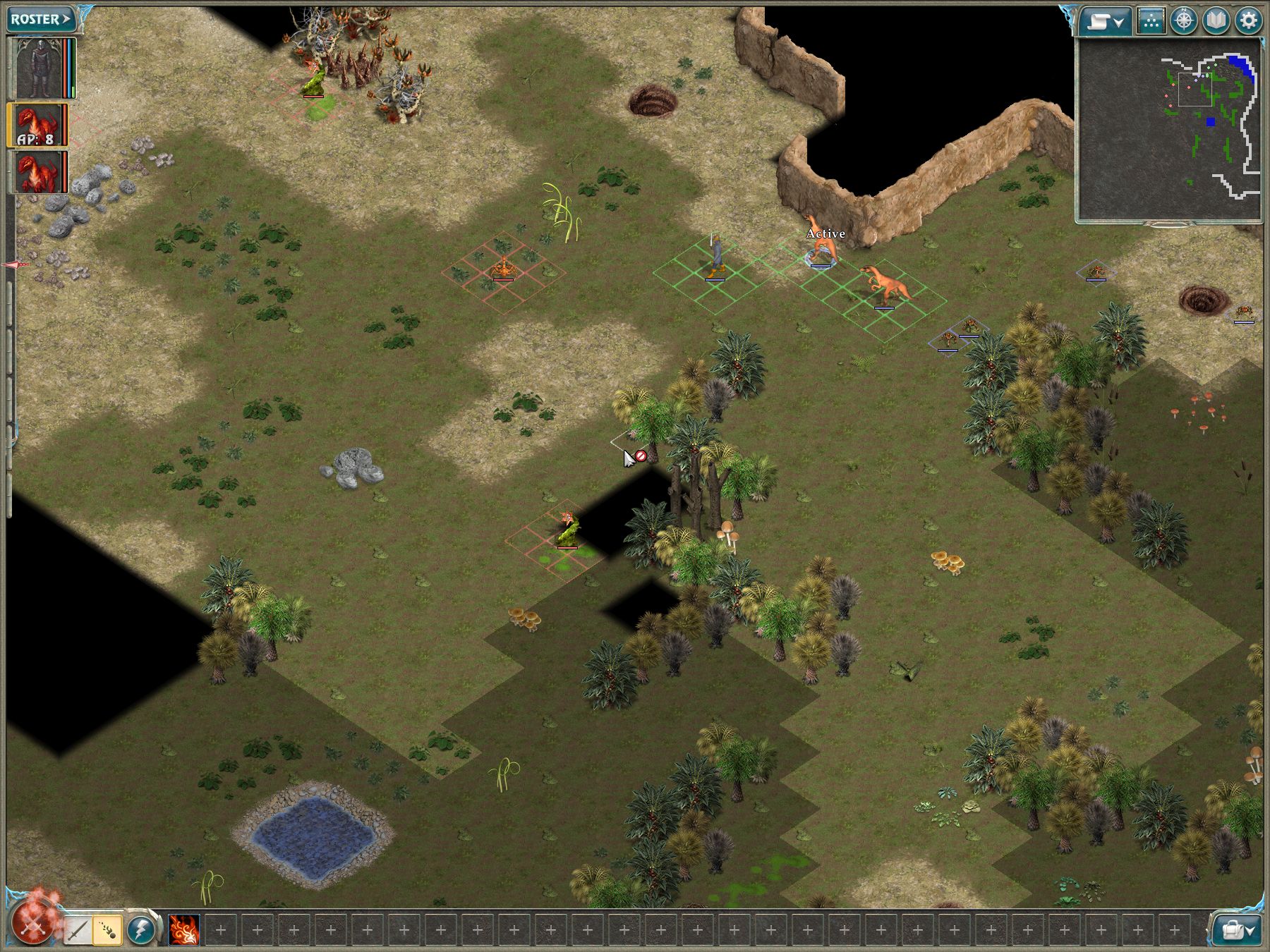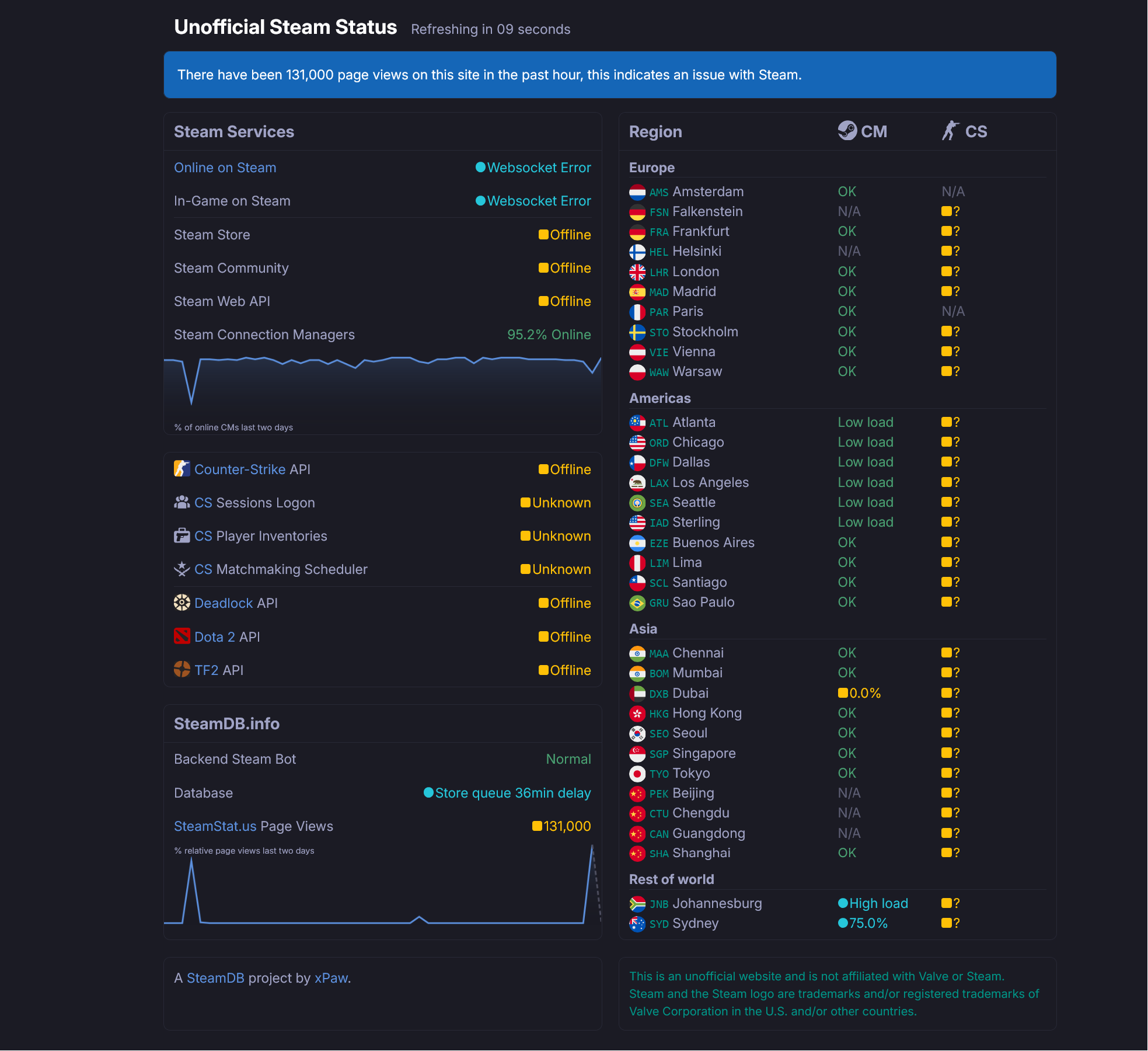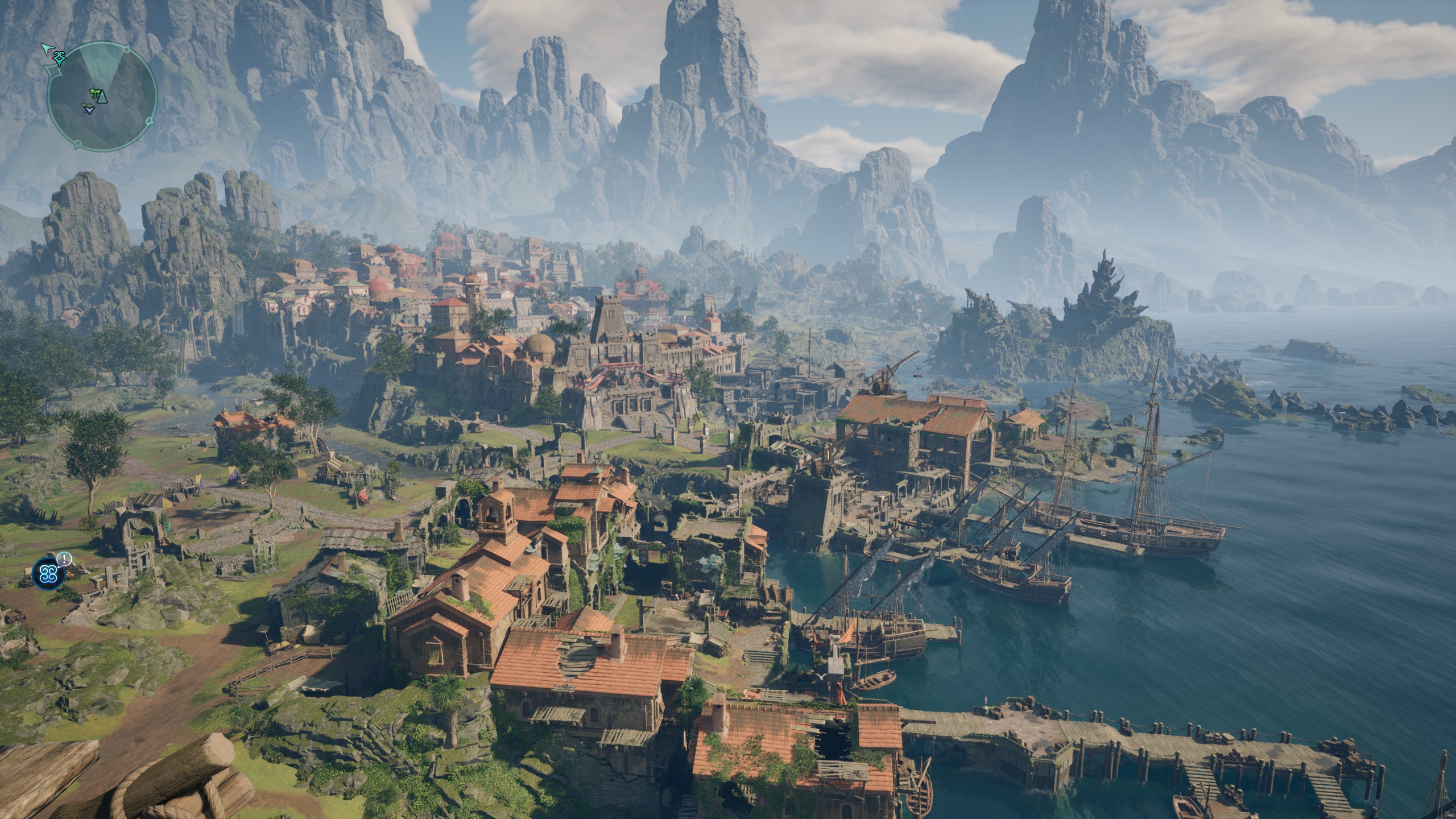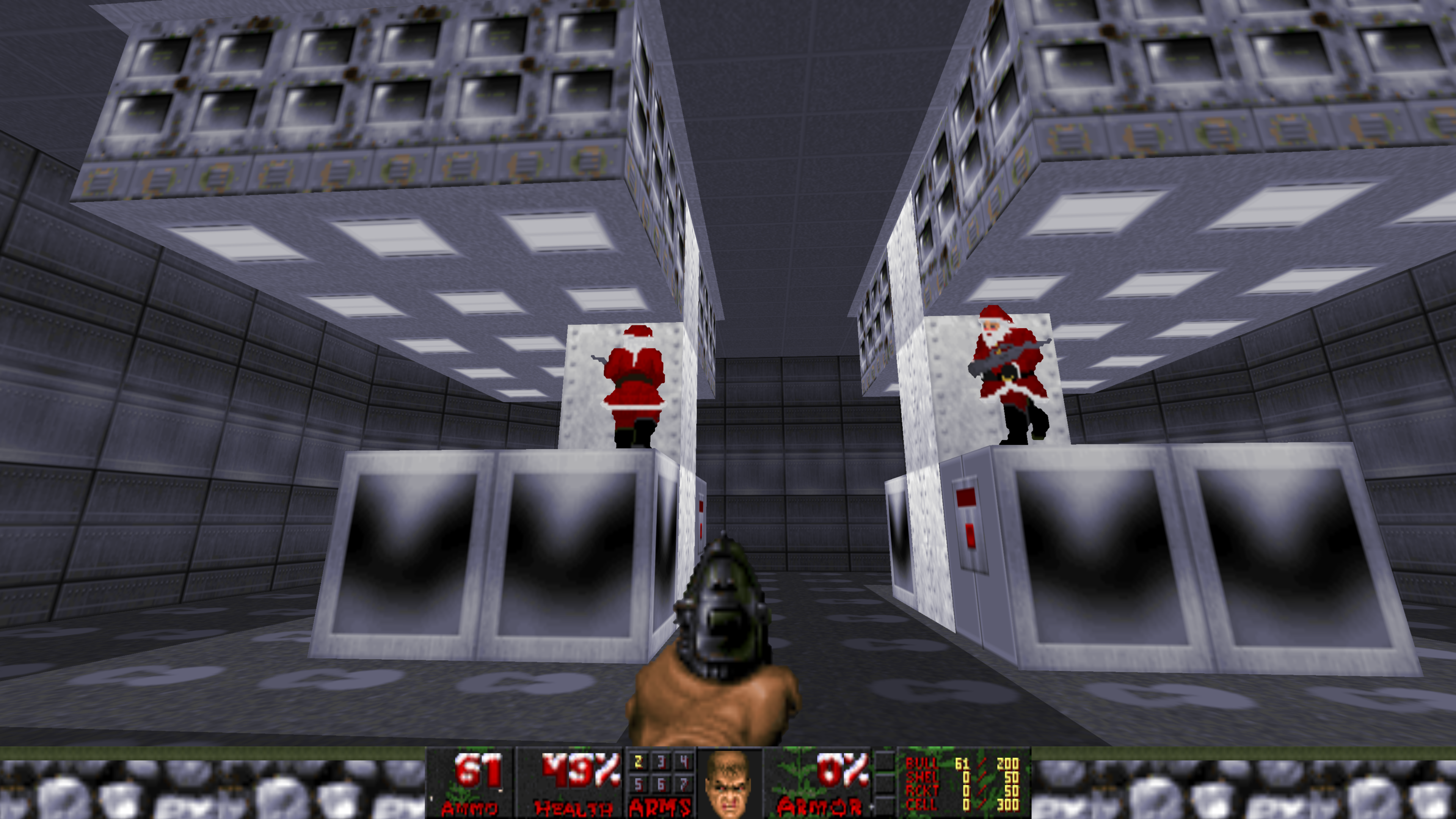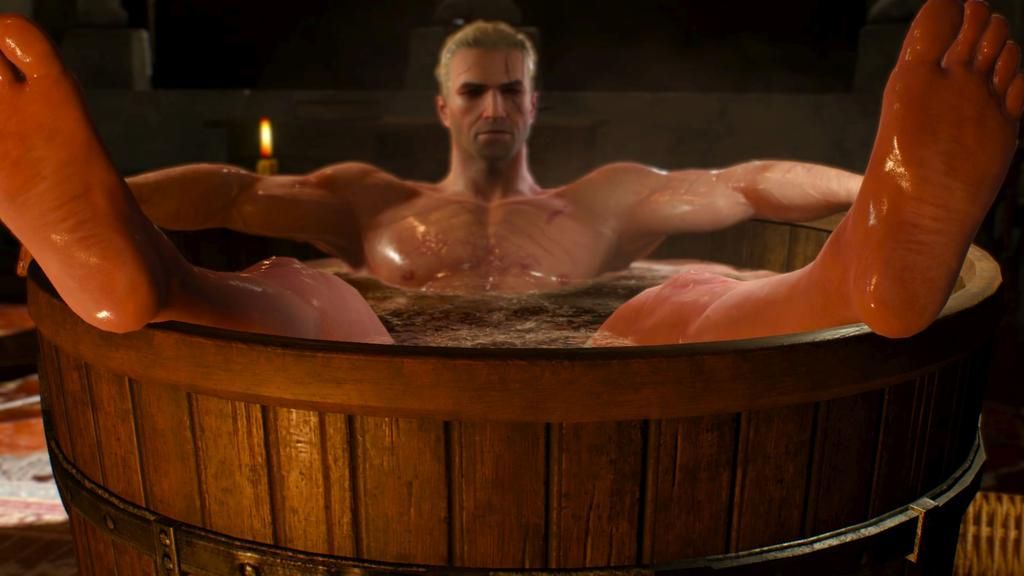Geneforge 2: Infestation read the standard CRPG manual, then set it on fire
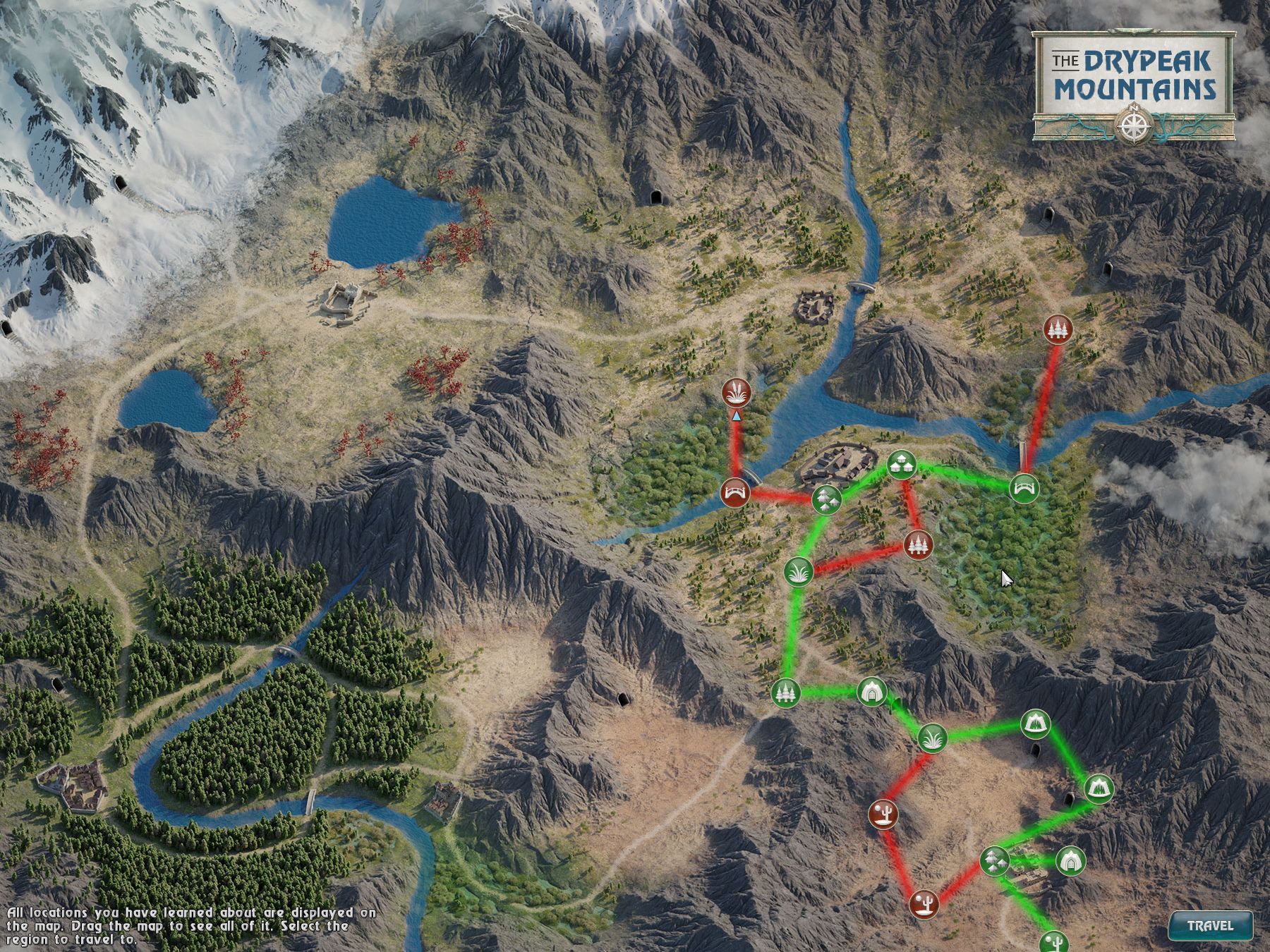
Here we go again. Another remake of a decades-old CRPG that’s obviously either unable or unwilling to escape the past. There’s the party character portraits running down one side of the screen. There’s the minimap in the opposite corner. There’s the hotbar along the bottom. There’s the squareish area between, filled with tiny pre-rendered sprites just begging to be clicked.
I assumed I knew exactly how Geneforge 2 was going to play. I’d work my way through a slightly awkward character creator and then stumble on a party’s worth of adventurous souls within about an hour, and we’d go and RPG our way across a legally distinct fantasy land until I either found the cackling madman behind whatever god/world/region-ending threat the game had cooked up or I got so lost working my way through sidequests spun off from other sidequests I forgot where I’d left the next main plot thread and gave up.
I was wrong.
Geneforge 2 has no interest in offering up reheated Dungeons & Dragons, token Tolkien, or a sprinkle of sci-fi based on the “-punk” flavour of the moment. This is a world of Serviles and Creations and Shapers, a place where magic, machinery, and twisted biology mix to create something entirely new. This is great, in theory—a genuinely new land to explore. There’s sinister intrigue, involving various groups I’ve never heard of fighting over made-up politics. There’s got a quirky monster creation system I’m going to have to learn from the ground up, and a whole dictionary’s worth of fictional terms to memorise if I want to make sense of any of it.
I’m not entirely sure all that work sounds like fun if I’m honest, and even if it is I definitely don’t have the time for that sort of high-effort homework. Maybe there’s a reason why so many CRPGs make elves great archers and humans bland all-rounders after all.
But again, Geneforge 2 is different. It doesn’t want to assault my eyeballs with an endless string of Mysterious Nouns and meaningless stats, it wants me to fall in love with its setting as quickly as possible, and it knows I can’t do that if I haven’t got a clue what’s going on.
And so every new area brings up at least one fresh, easily digested morsel of flavour text, the game keen not only to explain why its fantasy world’s different, but also why any of it should matter to me, Trainee Shaper Person. In a few short sentences the unknown becomes understandable, and all the typical RPG locations I come across during my adventure—an item shop, an inn, a disused mine—are transformed into something new and surprising. With the information I’m freely given I know a nameless Servile NPC isn’t reluctant to talk to me because they’re shy (or underwritten), they’re reluctant to talk to me because any other Shaper would kill them on sight just for existing—and the game’s flexible enough to allow me to go down that violent path, if the mood takes me.
The ordinary act of buying and selling equipment is made strange by just a few descriptive lines inserted above the buy/sell/leave options, reminding me that my untouchable social status as a Shaper means I would normally demand what I wanted and expect to be given it straight away, not fairly trade with not-people I’m supposed to view as disposable talking tools. I know what the local miners were digging for and what that material was used for, and I can even talk to the sentient flesh-blob put in charge of it all and then coldly abandoned in its dish the instant the mine became more trouble than it was worth.
The same level of care and enthusiasm’s found in Geneforge 2’s practical advice too—always helpful when playing a game that gives me a customisable (and slightly unruly) fireball-spitting lizard as my first party member and frequently goes out of its way to remind me that many of the tools and weapons I use are grown, rather than made.
Tooltips are as present and welcome as ever, but they’re just one minor part of a comprehensive range of genuinely helpful guidance. Generforge 2 wants to make sure I’m always aware of what I can do, how I can do it, if it’s even possible for me to do it, and even which hotkey I could use to do it instead.
The way this help’s written makes it come across as a quick, confident, “Hey, did you know?” nudge in the ribs, rather than a fear I might give up the instant I don’t know exactly what to do. It’s a system created by people who believe there’s already plenty of game in here for me to chew on, so there’s no need to waste anyone’s time pretending an empty area might be more involved or interesting than it really is.
At one point I discovered a mechanism capable of controlling a dormant network of defensive crystals. The text enthusiastically described what this device looked like and what it was used for, but the part that really caught my attention was this: “You don’t have the control key, and your mechanics skills are too feeble to affect the device. There’s nothing you can do here.” RPGs aren’t supposed to give details like that away, not even if doing so stops me from wasting hours of my free time hunting for something I don’t have and I couldn’t use even if it did, but Geneforge 2 does. It didn’t artificially cut short my time in that area, it gave me the ability to choose whether I wanted to stay because I was actually interested in exploring further, or move onto somewhere new.
Could I have managed just fine without these constant pointers? Of course I could, eventually. Would I have had half as much fun with the game, even if I’d put in twice the effort, if they weren’t there? Definitely not. It’s just better if I don’t have to waste time finding out if the right key for a locked door is something I have to manually pull out of my bag or if it’s automatically handled for me, everything flows that much smoother when I can see on the area map which location I should head to if I want to polish off an unfinished quest.
CRPGs are often judged on the amount of freedom they give their players, and what could be more freeing than being given enough information to choose whether I want to be up to my armpits in monsters or poking around a town for fresh gossip? Today I’m exploring as far west as I can, just because I’m curious. Tomorrow I might want to spend hours unravelling the mystery behind an NPC who doesn’t really matter but did catch my eye, or get back on track and make big decisions that’ll shape the rest of the story.
Or to put it another way: proper adventuring. Which sounds like such a simple, old-fashioned thing to do in a CRPG, but Geneforge 2 makes it feel brand new.


